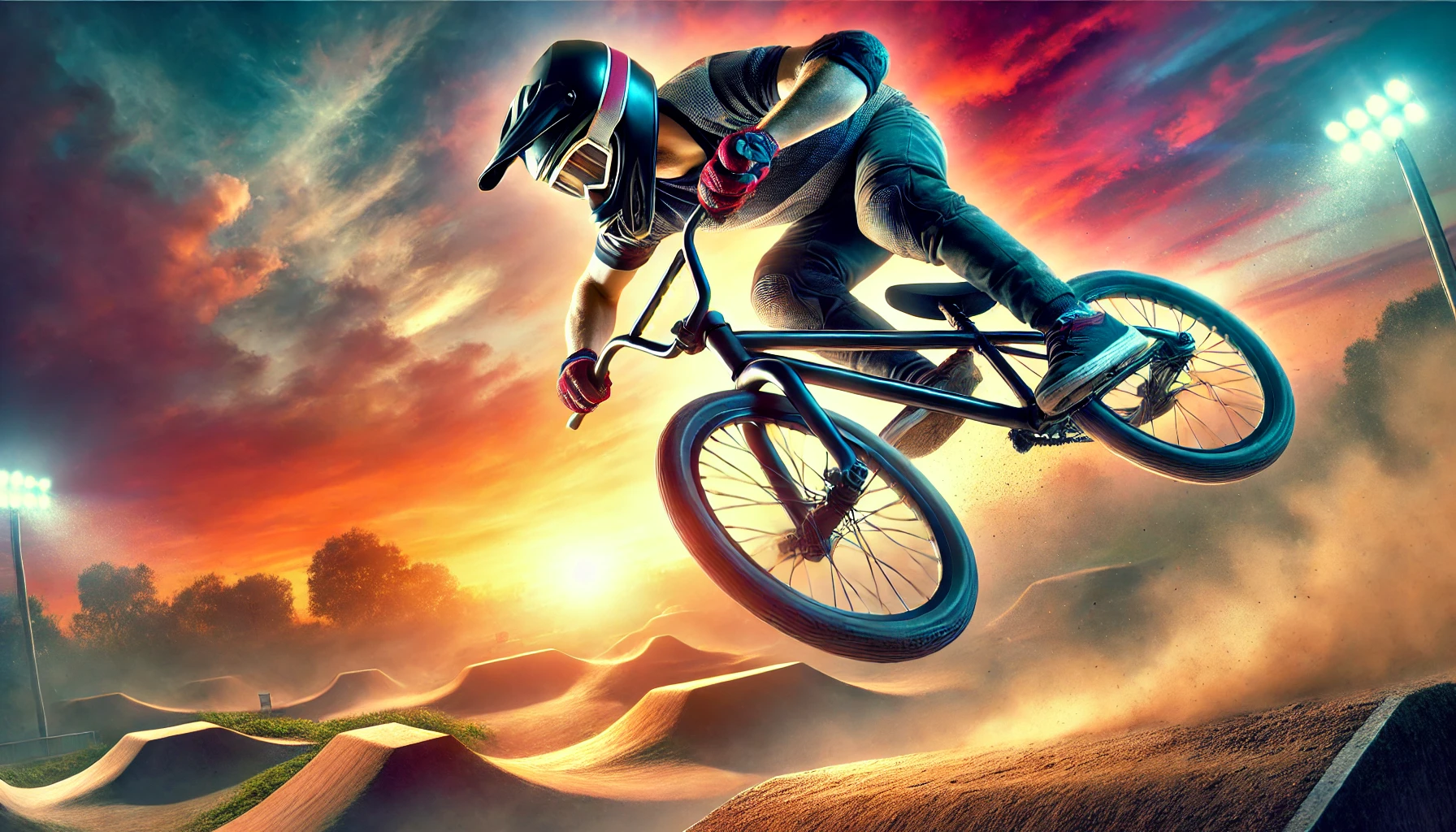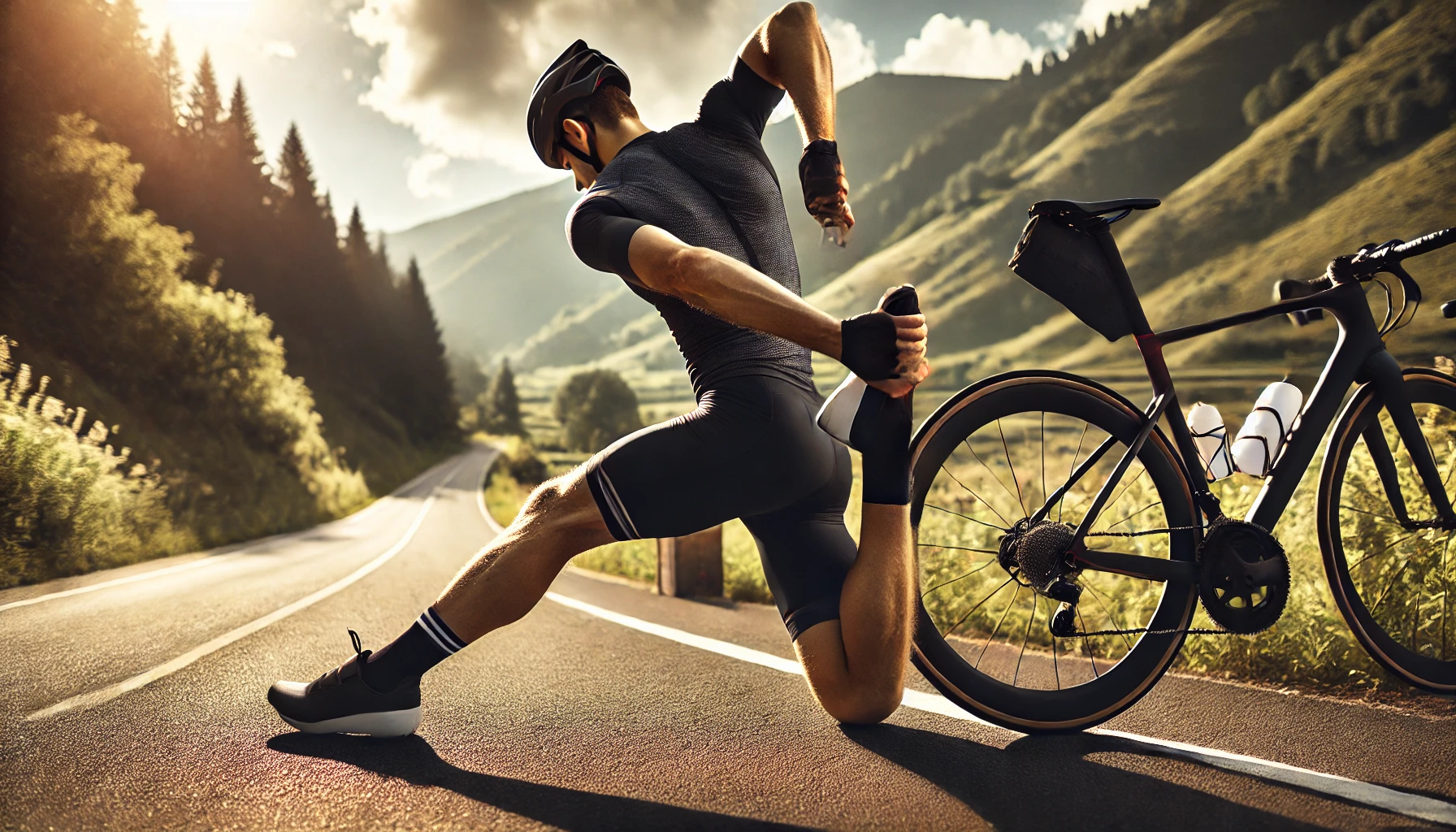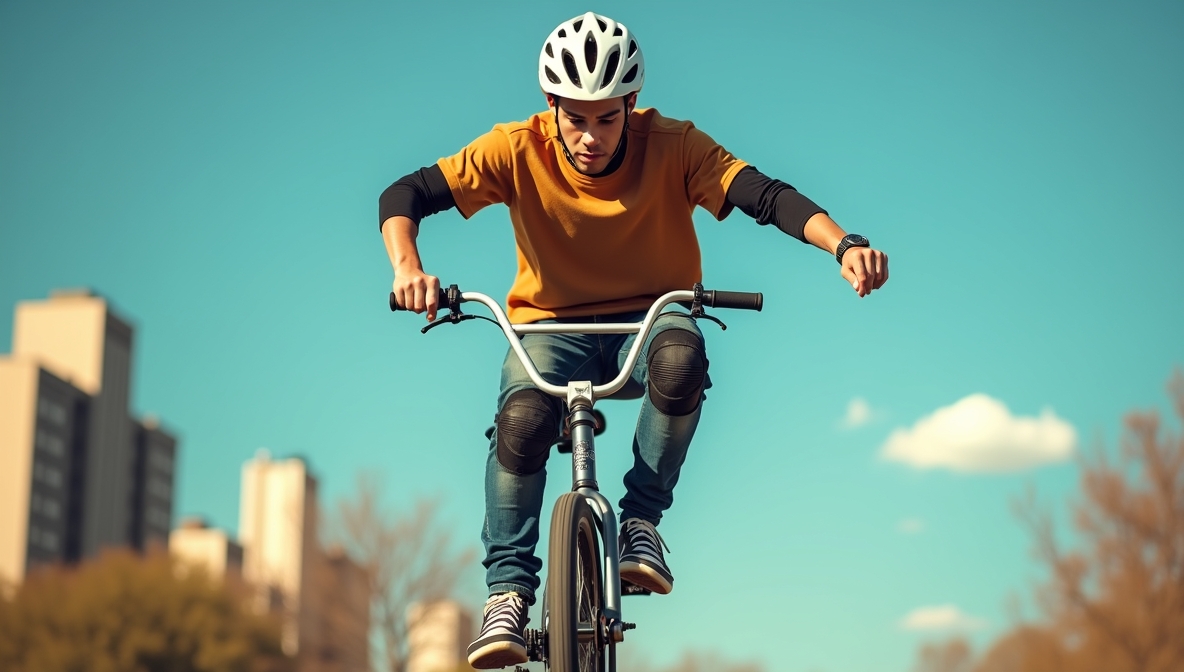Strength Training Exercises to Boost BMX Performance

BMX riders push their bodies to the limits—speed, power, and control are everything. But here’s something many riders overlook: strength training can be the difference between nailing a race or trick and wiping out hard. It’s not just about pedaling fast; it’s about having the explosiveness to launch, the endurance to keep going, and the stability to land smoothly. Forget the basic gym routine—BMX demands a different kind of strength training. The right exercises can sharpen reflexes, build resilience against injuries, and give riders an edge that goes beyond just pedaling harder.
Why Strength Training Matters for BMX
BMX is more than just a bike and a track. Every movement—whether it’s a sprint, a jump, or a tight turn—relies on a mix of strength, balance, and coordination. A solid strength training routine improves:
- Explosiveness for quick starts and powerful jumps
- Core control to stay steady in mid-air and land smoothly
- Grip strength for keeping control of the handlebars through impact
- Endurance to maintain power throughout a race or session
- Injury resistance by reinforcing joints and stabilizing muscles
Now, let’s get into the exercises that make all the difference.
Lower Body Power: Generating Speed and Stability
Strong legs drive BMX performance. Every push on the pedals should be backed by muscle power, and strong legs keep you balanced when things get rough.
Squats for Strength and Control
Squats are a no-brainer, but BMX riders need to go beyond basic bodyweight squats.
- Back squats build raw power for sprints and jumps
- Front squats force your core to engage more, improving balance
- Box squats develop explosive strength for quick takeoffs
- Single-leg squats mimic the pedal stroke, training stability and equal leg strength
Deadlifts for Full-Leg Power
A properly executed deadlift doesn’t just work the legs—it strengthens the entire posterior chain, from hamstrings to lower back. This means:
- More power with every pedal stroke
- Better endurance by reducing muscle fatigue
- Stronger landing control to absorb impact
Bulgarian Split Squats for Balance
This one’s a game-changer. Unlike regular squats, Bulgarian split squats train each leg individually. BMX riders don’t push evenly with both legs at the same time—each pedal stroke is one leg working at a time. These build strength in that motion, reducing imbalances and preventing injuries.
Core Strength: The Secret to Better Control
Without a rock-solid core, BMX riders struggle to stay in control, especially when airborne. A weak core makes landings unstable, saps energy, and increases the risk of falls.
Hanging Leg Raises for Mid-Air Stability
Hanging leg raises aren’t just about abs—they improve grip strength and mimic the tucked position riders use mid-air. This translates to better control over the bike during jumps and flips.
Russian Twists for Quick Turns
BMX racing isn’t just about speed; it’s about handling turns without losing momentum. Russian twists develop rotational strength, helping riders stay smooth through sharp corners.
Planks for Full-Body Stability
A long plank hold might not seem BMX-related, but it teaches riders to engage their entire body for stability. Side planks add even more benefits by strengthening the obliques, which play a huge role in bike control.
Upper Body Strength: Grip, Pull, and Impact Resistance
While BMX is lower-body dominant, strong arms, shoulders, and back muscles are what keep riders in control when yanking the handlebars, absorbing shocks, or pulling up for tricks.
Pull-Ups for Handlebar Control
Pull-ups are a BMX rider’s best friend. Every bunny hop, manual, or jump starts with pulling on the bars. Strong lats and biceps mean:
- More height on jumps
- Less fatigue in long sessions
- Better control when landing
Farmer’s Carries for Grip Strength
A weak grip means slipping hands, sketchy landings, and early fatigue. Farmer’s carries—walking with heavy weights in each hand—train grip endurance, forearm strength, and shoulder stability.
Dips for Upper-Body Power
BMX riders use dips more than they realize. Every time they push down on the handlebars—whether for a manual, a pump, or absorbing impact—they’re using triceps and shoulders. Dips train these muscles to handle the force without strain.
Explosive Training: Turning Strength into BMX Speed
Strength alone isn’t enough—BMX demands quick bursts of power. Plyometric training helps convert raw strength into on-track explosiveness.
Box Jumps for Takeoff Speed
Box jumps mimic the explosive motion of a bunny hop or launch off a ramp. Practicing different jump heights helps train leg drive for better jumping ability.
Medicine Ball Slams for Full-Body Explosiveness
A good BMX race starts with an explosive sprint. Medicine ball slams train the entire body to generate power fast, which translates directly into better race starts.
Broad Jumps for Stronger Landings
Landing control is just as important as jumping. Broad jumps train riders to land smoothly by strengthening the glutes and hamstrings, which absorb impact.
Injury Prevention: Strength That Keeps You Riding
No rider wants to be sidelined with injuries. Strength training isn’t just about performance—it’s also about staying in one piece after crashes and hard landings.
Nordic Curls for Knee Protection
BMX puts a lot of strain on the knees, especially during high-impact landings. Nordic curls strengthen the hamstrings, which help prevent knee injuries.
Shoulder Stabilization Exercises
Crashes often mean hard hits to the shoulders. Rotator cuff exercises and band work keep the shoulders strong and mobile, reducing the risk of dislocations.
Ankle Strength Training
Ankles take a beating in BMX. Calf raises and band resistance work help strengthen the small stabilizing muscles, keeping the joints solid during landings and sprints.
The Overlooked Factor: Recovery Matters
Strength training is only half the battle. Without proper recovery, gains won’t stick, and injuries become more likely.
- Foam rolling prevents stiffness and keeps muscles loose
- Stretching improves flexibility and reduces strain on joints
- Proper nutrition fuels workouts and repairs muscle damage
- Sleep is where strength actually builds—no good training happens without it
Even the best exercises won’t help if the body doesn’t have time to recover.
A BMX-Ready Body Goes Beyond Just Training
A strong BMX rider isn’t just someone who lifts heavy. It’s about training smart, focusing on explosive strength, control, and endurance. The best riders don’t just rely on riding—they put in work off the bike to make sure every movement is backed by power.
If BMX is your thing, don’t settle for just pedaling harder. Train smart, train strong, and see the difference it makes on the track and in the air.


